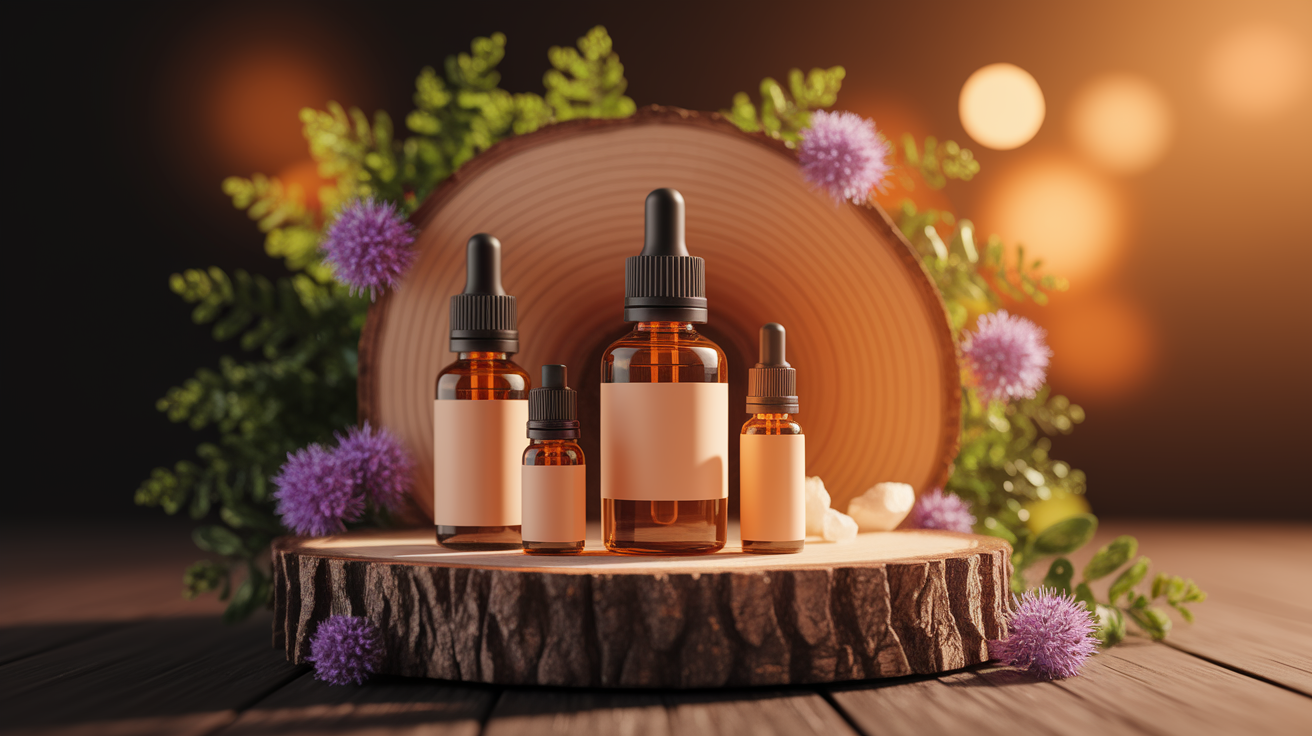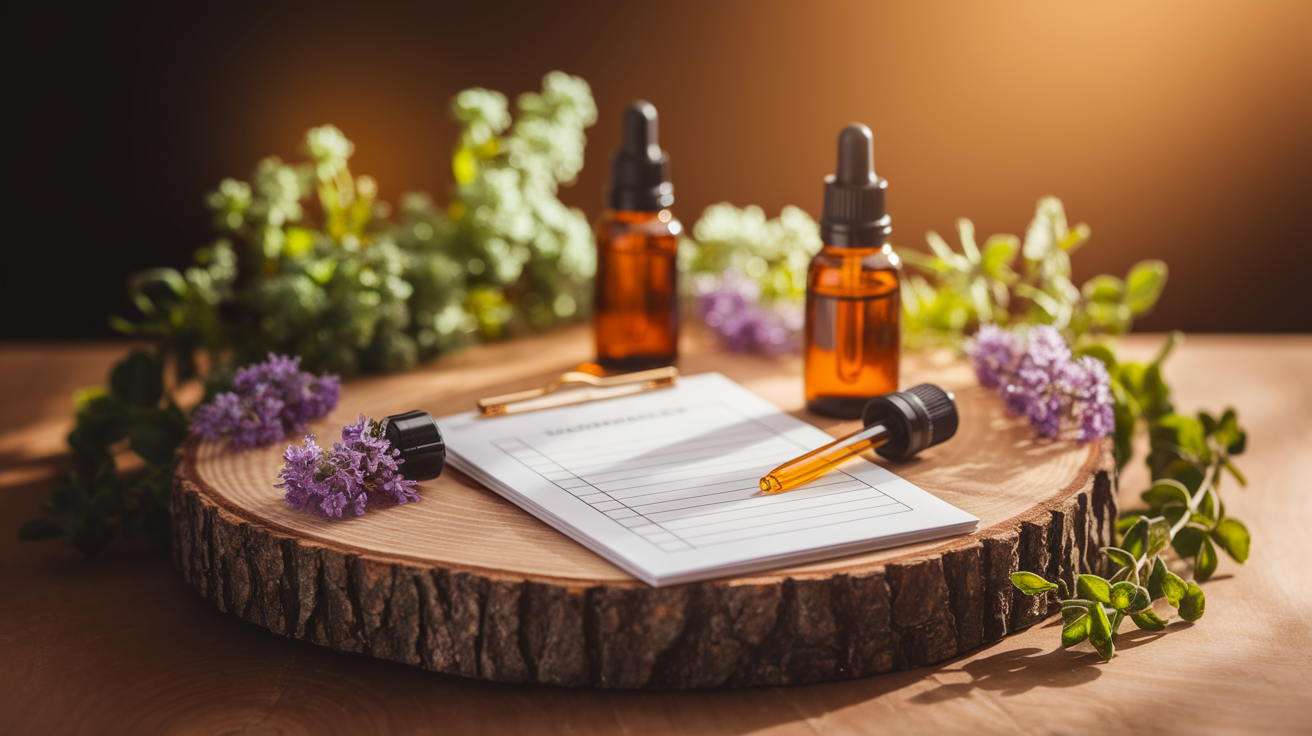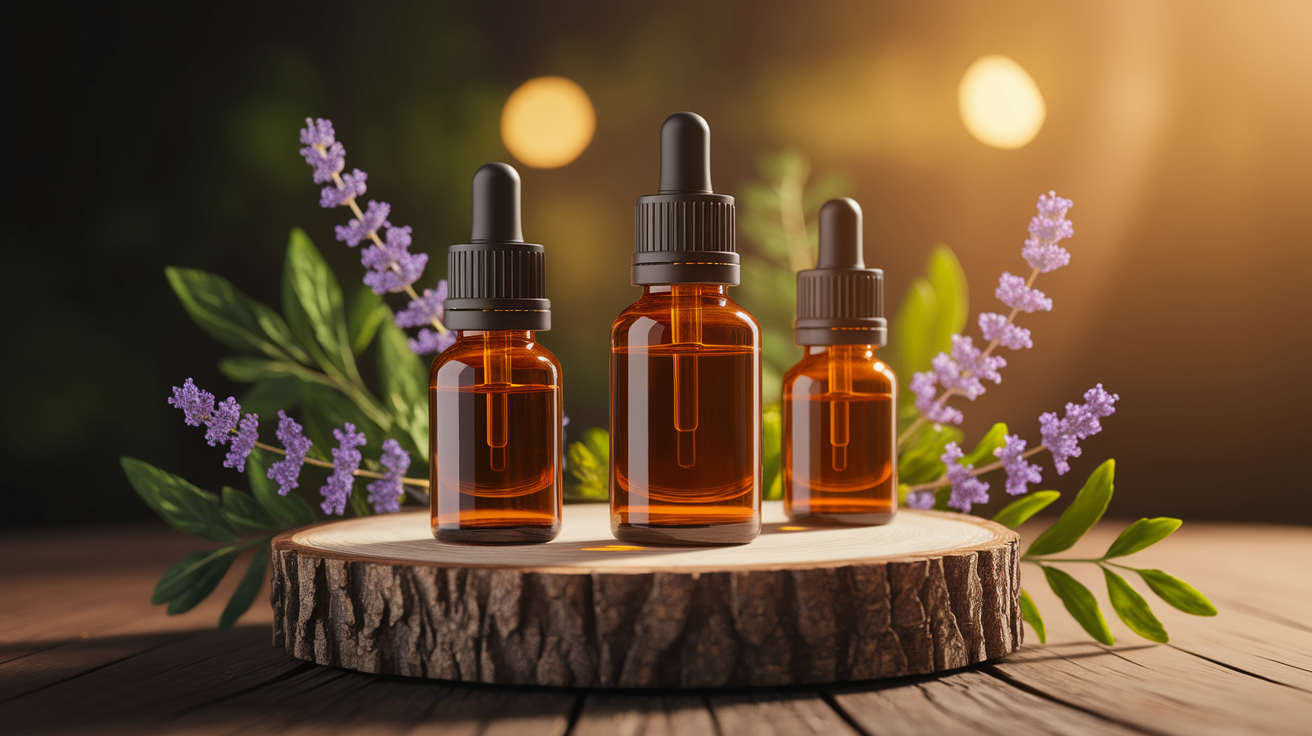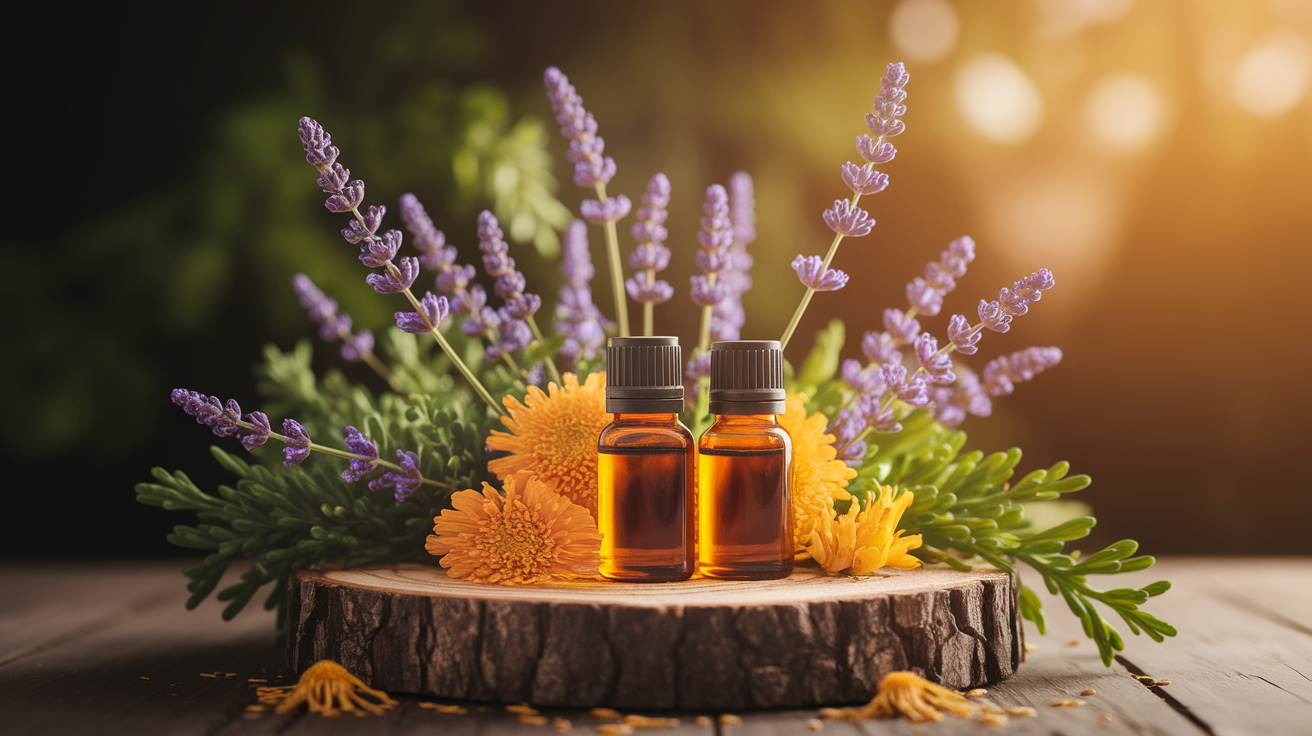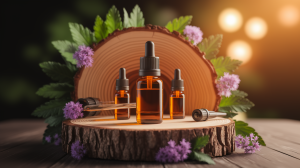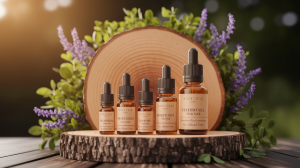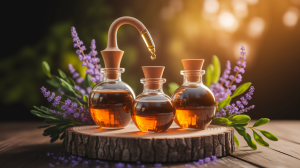Dive Into Clarity: Why Solubilizers vs Emulsifiers Are Your Formulation Game-Changers
It’s wild how something as innocent-looking as a drop of essential oil can cause absolute chaos the moment it hits water. You think it’ll swirl in smoothly, and suddenly—there it is—sitting stubbornly on the surface like it’s got no plans to mingle. This is exactly why understanding the tug-of-war between solubilizers and emulsifiers is such a game-changer in formulation chemistry. Solubilizers bring clarity—literally—by making essential oil disappear into water as if it was meant to be there all along. Emulsifiers? They create those silky, milky clouds you see in lotions and creams, the kind that make you want to spread them on just for the texture alone.
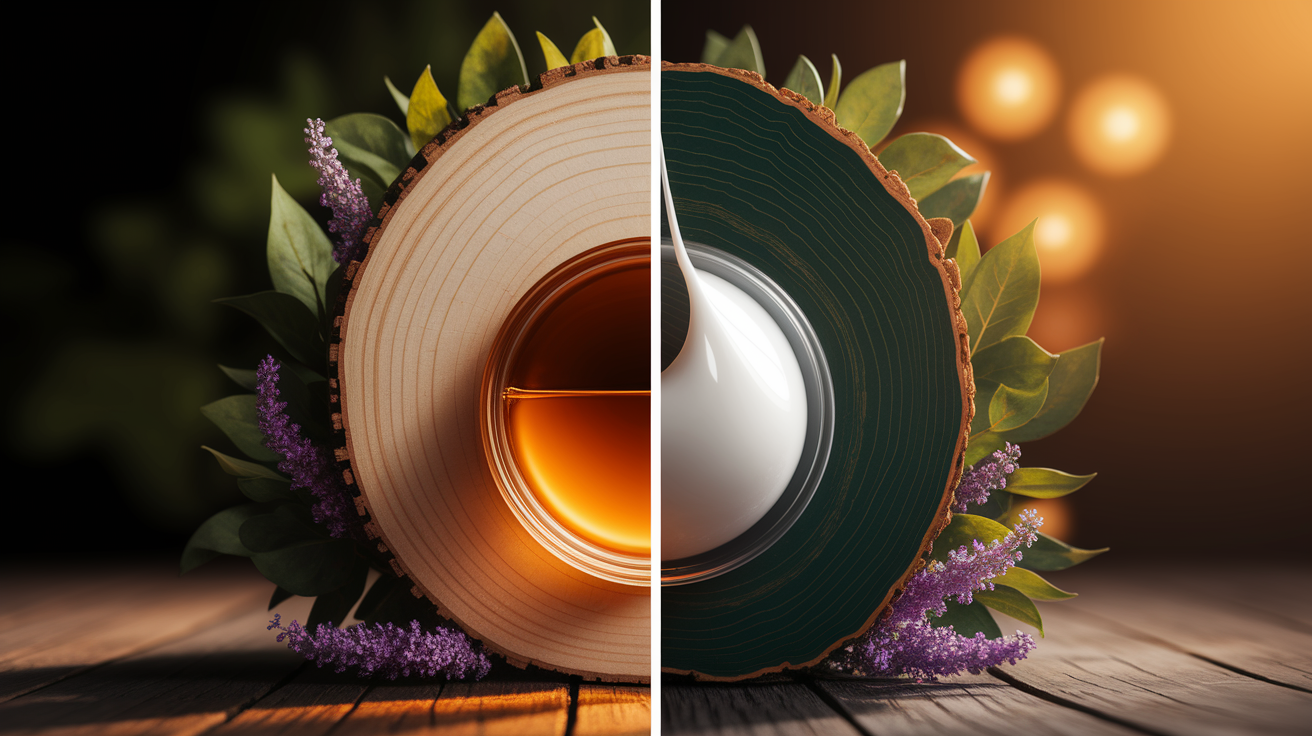
The difference is fundamental. Solubilizers love water so much they dissolve completely, meaning they’re perfect when your goal is a clear or translucent solution. Emulsifiers, on the other hand, are more about suspension than dissolution—they keep oil droplets hanging in water (or vice versa) like a perfectly choreographed dance. Pick wrong, and your blend could either look cloudy when you wanted it clear—or separate into awkward layers the next morning.
Surfactants 101: Solubilizers vs Emulsifiers
Both solubilizers and emulsifiers belong to the surfactant family—the kind of molecules that wear one hat that loves water and another that loves oil. The trick is in their balance, often explained by the hydrophilic-lipophilic balance (HLB value). A solubilizer like Polysorbate 20 has a high affinity for water, making it ideal for low essential oil concentrations and crystal-clear results. An emulsifier, however, might be better if you’re wrangling a richer blend with plant oils, waxes, or butter-like textures. They’re the unsung heroes preventing phase separation and giving lotions their lush finish.
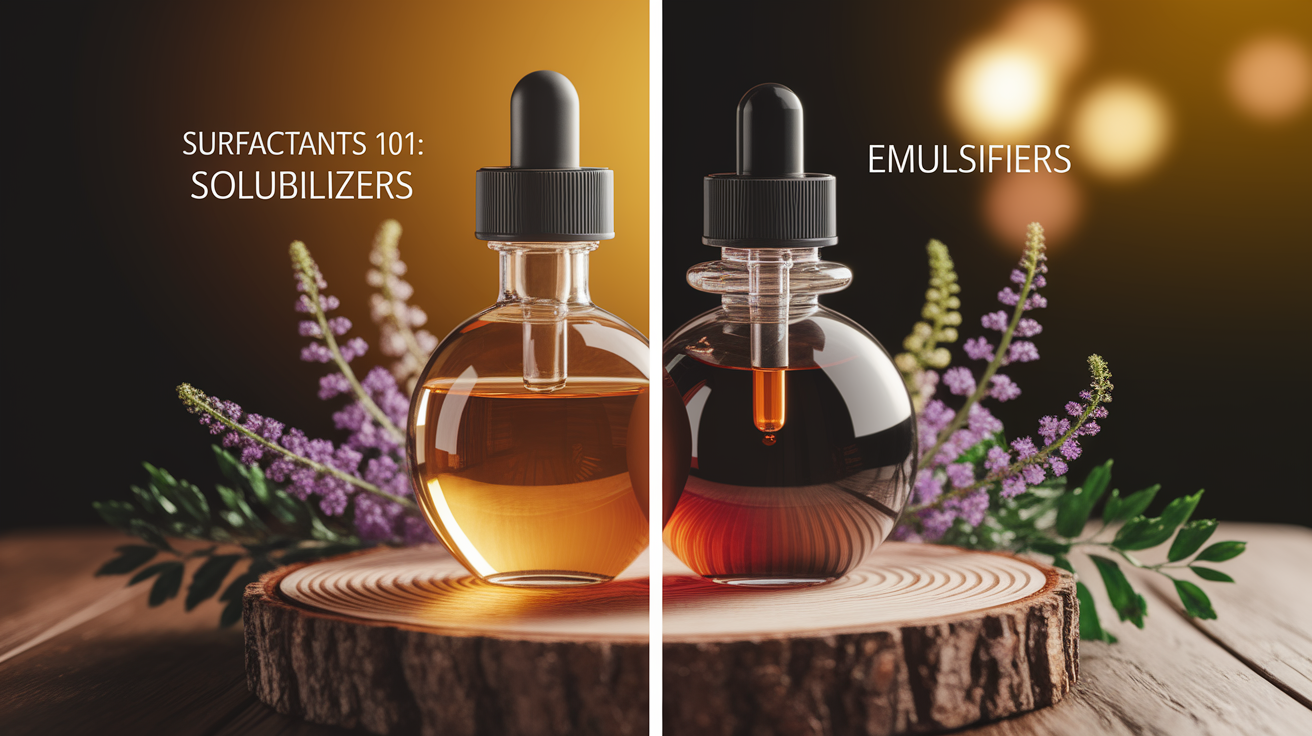
One thing that never fails to impress me is micelle formation—the moment surfactant molecules surround oil droplets, locking them away from causing trouble. It’s like watching a crowd carry someone across a dance floor; they’re contained, moving in harmony, and the party never stops.
The Solubilizer Line-up: Synthetic and Natural Options
Walking down the path of solubilizers feels a bit like meeting two distinct personalities: the reliable synthetics and the nature-loving naturals. On the synthetic side, you’ve got Polysorbate 20—a crowd favorite among formulators—and its close cousin Polysorbate 80, each with subtly different oil-handling strengths. Then there’s this whole crew: glycerin, propylene glycol, polyethylene glycol, and poloxamer—dependable in performance, predictable in results.
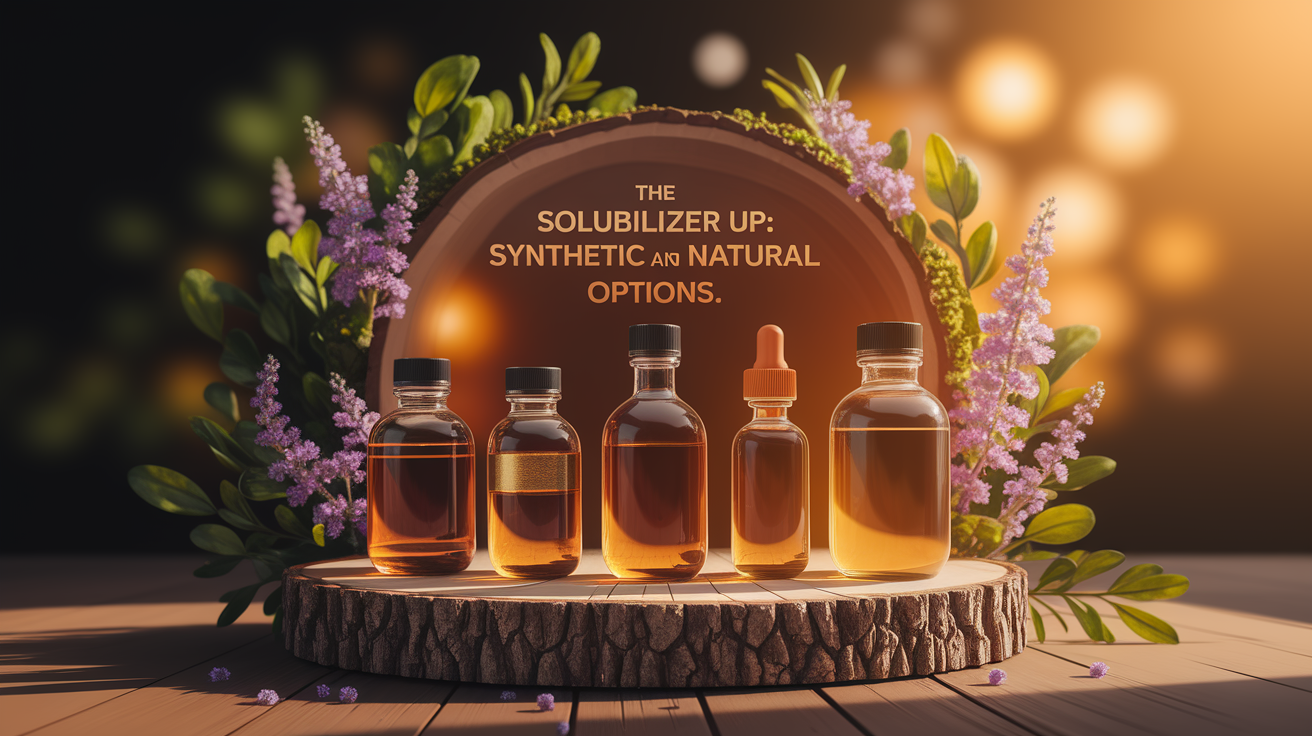
When you drift into natural territory, things get gentler: Sodium Olivate and Sodium Sunflowerseedate step in, derived from plant fatty acids. These are the go-to for skin-friendly, PEG-free creations where the marketing needs as much purity as the product itself. They’re perfect when you want your essential oil spray to feel clean and natural without shouting “synthetic” from the label. Each type has its quirks; for instance, natural solubilizers may foam more if you get heavy-handed, so it’s all about beating them at their own game with precise ratios.
Formulation Best Practices: Mixing Without Mayhem
I’ve had so many “learning moments” with mixing—like the time I went full enthusiasm with stirring and watched half the batch turn to froth, with the clarity of dishwater. The secret to avoiding that kind of mayhem? Start slow. Pre-blend your essential oil with the solubilizer before letting them meet the water. Ratios matter: 1:4 to 1:8 of oil to solubilizer usually hits the sweet spot for uniform mixing.
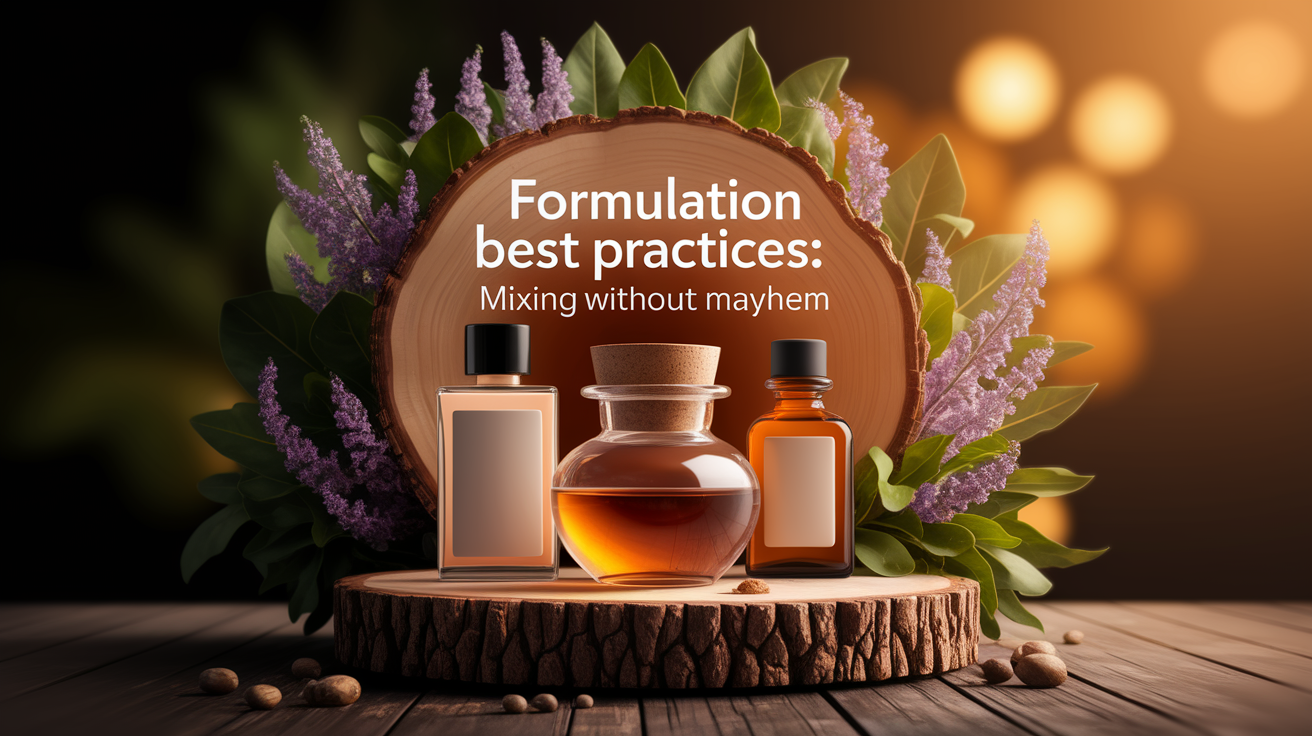
Once that pre-mix is silky and unified, introduce it into your aqueous phase with gentle stirring. No whisking like a meringue; let the surfactant molecules do the heavy lifting. Trust me, patience will reward you with products that look as polished as they feel—be it a body mist, toner, or light facial spray. Adjusting speed and contact time is just as much an art as it is a science.
Picking Your Perfect Match: Selection Criteria
Choosing between natural and synthetic solubilizers or an emulsifier often depends on the personality of your product. Need transparent, water-soluble essential oil sprays? You’ll lean towards high-HLB solubilizers like Polysorbate 20 or natural options for marketing appeal. Crafting a rich cream or lotion? A lower-HLB emulsifier like lecithin or glyceryl monostearate will build that velvety feel you’re after.
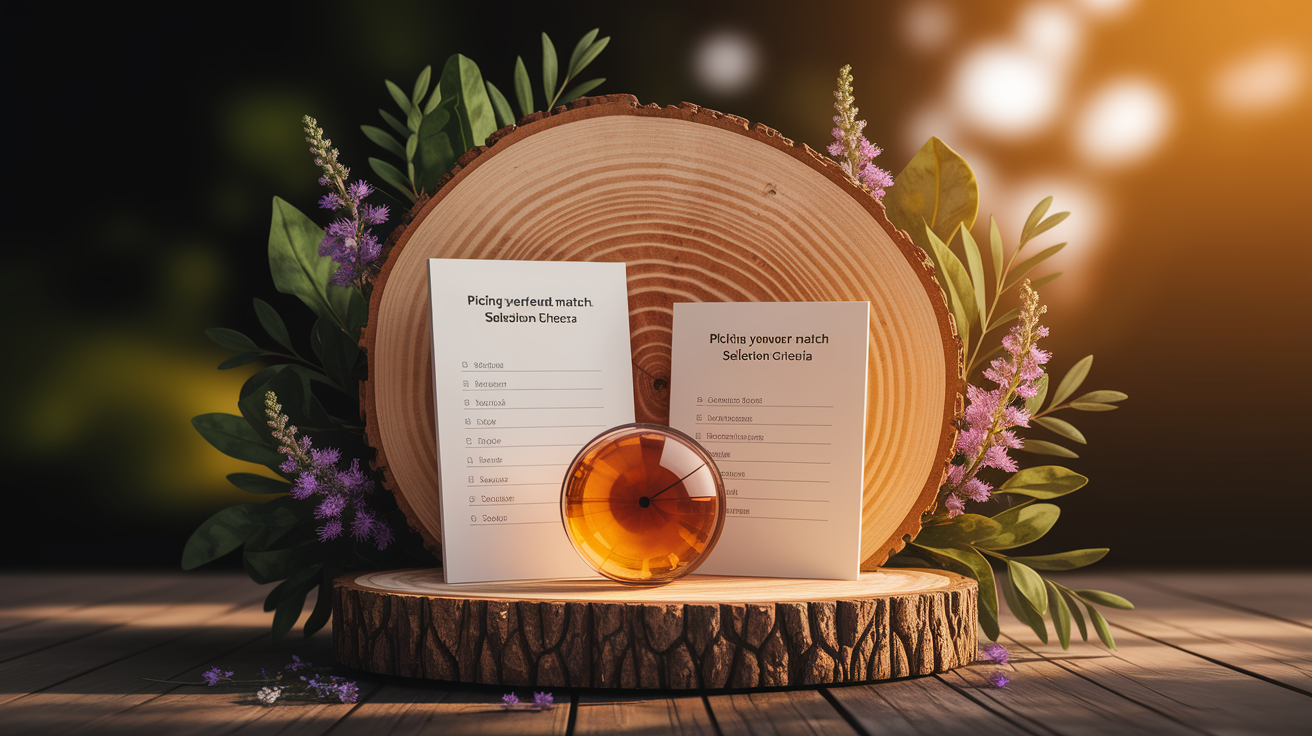
You also have to think about regulatory preferences, cost, and sensory factors—how it smells, feels, and even looks when the light hits it. Don’t forget compatibility; some natural solubilizers have pH range limits or foam strongly if dosed too generously. And sometimes, embracing synthetic safety nets with decades of proven track record just makes sense, especially if you need bulletproof emulsion stability for large-scale production.
Final Drops: Confidently Crafting Your Essential Oil Formulations
Once you truly understand how solubilizers and emulsifiers work, your formulations stop feeling like a mysterious gamble and start becoming calculated artistry. It’s not about memorizing rules—it’s about understanding the relationship between oil, water, and the surfactant personalities you bring into the mix. Whether you’re reaching for transparent perfection or indulgent opacity, these surfactants are the bridge between nature’s pure concentrates and the products people love to use. And when you get it right, every drop tells the story you meant it to.

